
Luckily, we are highly skilled in treating a variety of conditions and issues. Whether you have slight discomfort or severe pain, we can provide you with care that allows you to live the lifestyle you want!
These are just some of the conditions, treatments, and services you will find at our podiatric office. Just ask us if you have any questions!
Foot Specialist for 36 Years
Foot pain can have a negative impact on your life. Walk again pain-free with Dr. Stuart B. Levine’s treatment. He has been correcting major foot issues for 36 years.
Extensive Foot Care Credentials
- Palm Beach County Health Department
- Served on the local board of the American Diabetes Association
- Hospital-trained
Avoid foot surgery with help from a conservative orthopedist
Don’t get foot or leg surgery when you have other non-surgical options. Avoid the stress of surgery when you see Dr. Levine. You can get your foot problems corrected the right way with his conservative approach to your non-major foot problems.
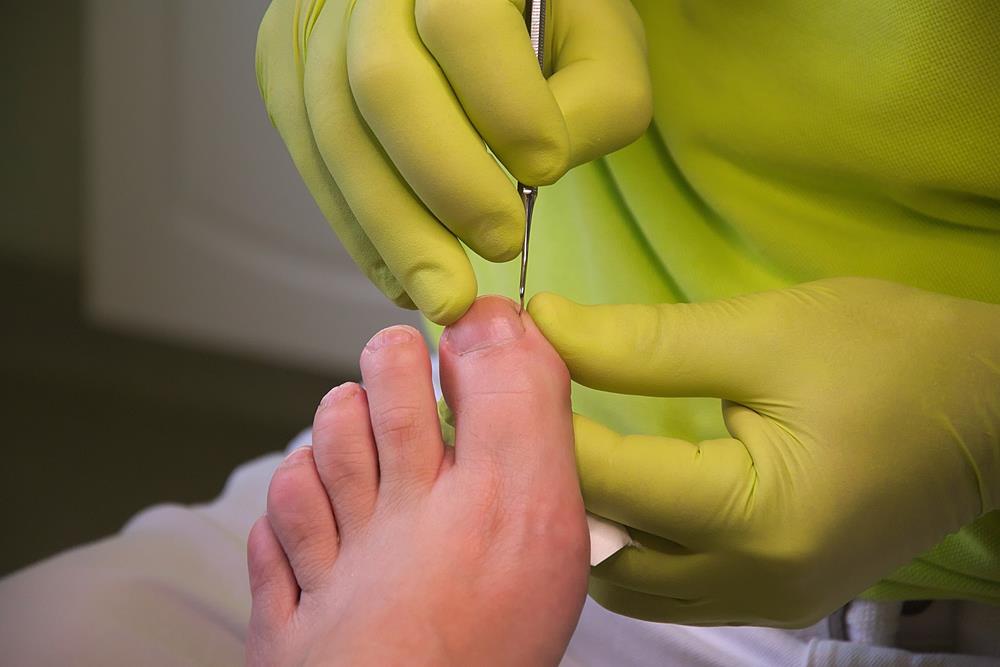
Ingrown Toenails
We have all made the painful mistake of trimming our nails too short at some point in our lives. Sometimes, this can really affect our foot health by causing ingrown toenails.
This happens when the nail grows downward into the skin instead of straight out, usually causing an infection. Ingrown toenails are most common on the sides of the big toe. It can also be caused by shoe pressure, injury, fungal infections, poor foot structure, etc.
Warm water soaks several times a day, properly fitted shoes and socks, and trimming nails in a straight line (rather than rounded) are ways to treat and prevent painful ingrown toenails. If there is an infection, antibiotics may be prescribed.
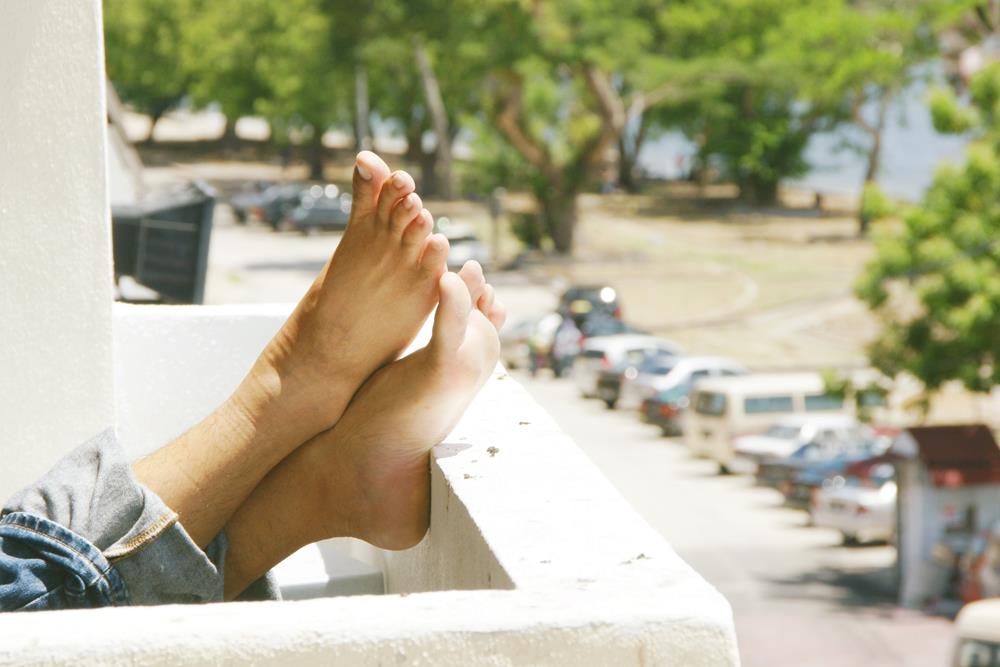
Bunions
A bunion is a bony bump that forms on the joint at the base of your big toe. They can develop from an inherited structural defect, excess stress on your foot, or can result from an existing medical condition.
For the most part, bunions require no medical treatment. However, if you are experiencing one or more of the following, a podiatrist can help alleviate your symptoms.
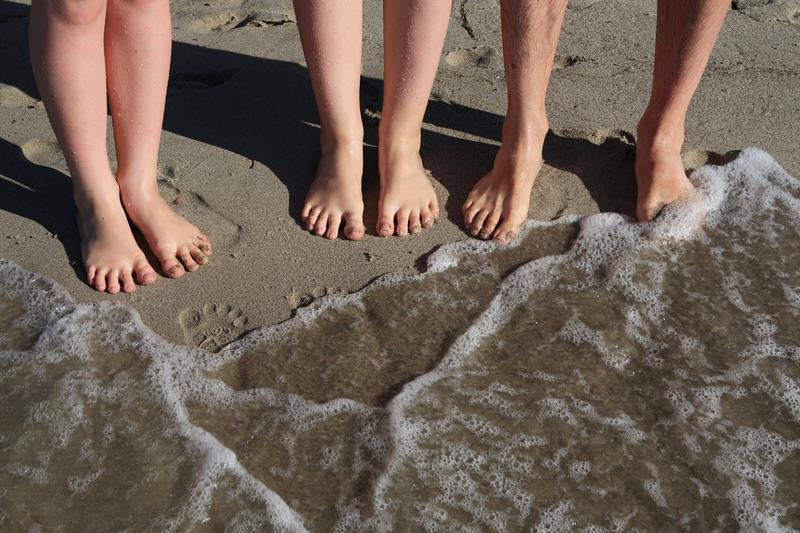
Hammertoes
Hammertoe is a deformity where one or both joints of the second, third, fourth or fifth toes begin to bend outside of their normal alignment. Pressure can begin to weigh heavy on the toes as you wear shoes which is where pain and other symptoms develop. Hammertoes typically begin with small symptoms and deformities and continue to worsen with time. In its beginning stages, hammertoes are often impressionable which means they can be controlled using minimal treatment. It is important to know the signs of hammertoes to get them evaluated early. If left untreated, hammertoes can become more firm and difficult to manipulate, requiring surgery.

Diabetic Foot Care
Use Our Diabetic Shoe Program
Find the right shoes to relieve your diabetic foot pain. Use Medicare to cover for Dr. Stuart B. Levine’s diabetic shoe program.
Qualified Diabetic Foot Care
- Participant in the local board of the American Diabetes Association
- Lectures on diabetic care in the area
Diabetic Foot Care Specialist
- Diabetic shoes
- Diabetic foot care
- Diabetic foot exam
Experienced diabetic foot care provider
See an experienced orthopedic doctor for your diabetic foot issues. Dr. Levine is a specialist who can help you manage diabetes with the best foot care treatment and shoes. He has been specializing in diabetic foot care for over 36 years.

Warts
Plantar warts are caused by the HPV virus and cause tiny cuts and breaks on the bottom of your feet.
While most plantar warts are not a major health concern, it is advised you see a doctor to have the warts examined and removed. Some symptoms include small, rough lesions on the base of the foot, calluses in one spot, and tenderness when walking or standing for long periods of time.
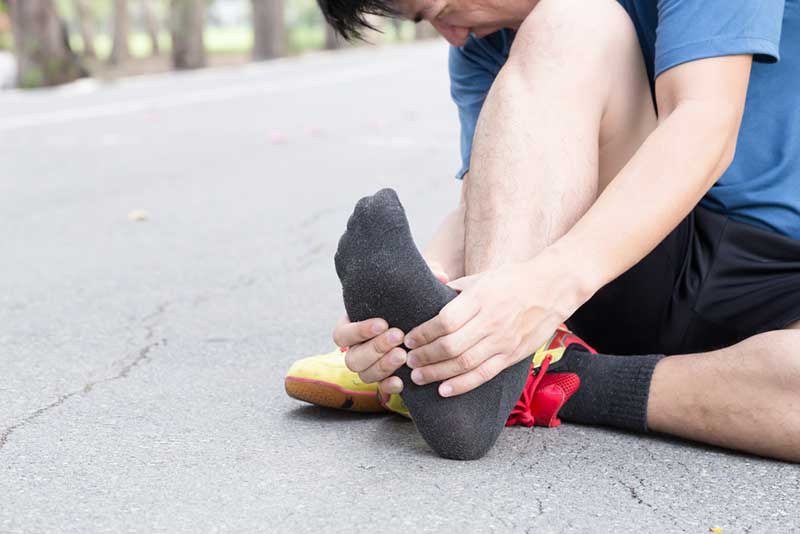
Heel Spurs/Plantar Fasciitis
Heel spurs occur in at least 50% of people who have plantar fasciitis. Past treatments for heel spurs, a bony growth that begins on the front of your heel bone and points toward the arch of your foot, included surgery to remove the growth. Nowadays, surgery is rarely a treatment option and more plans for physical therapy, ice, and pain medications are used to treat heel spurs.
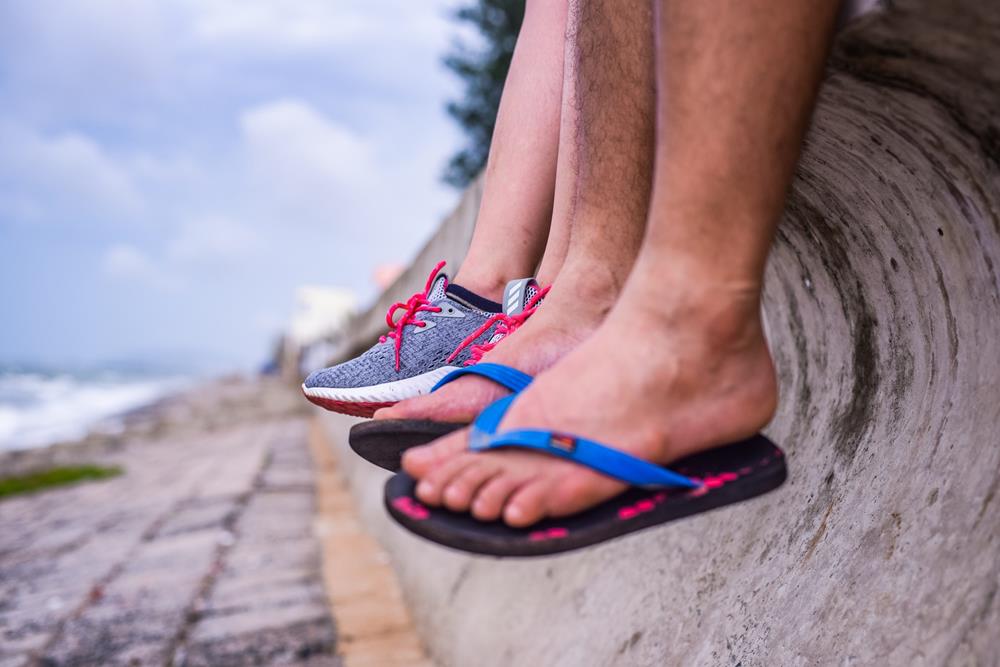
Flat Feet
Flat foot is a condition where the arches on the inside of your feet are flattened which causes the sole of the foot to touch the floor when standing upright. It is likely for flat feet to be caused by the arches not fully developing during childhood and is considered a very common and painless condition. On the other hand, flat feet can occur after an injury or from the normal aging process.
While it is common not to experience any pain or symptoms of flat feet, some people do tend to sense pain in the heel or arch area. Physical activity can irritate the area and inflame the foot along the inside of the ankle. This can be caused by the tendon that is supporting the arch being stretched as it is depreciating.

Achilles Tendonitis
Achilles tendinitis is caused by overuse of the band of tissues that connects the lower region of your calf muscle to your heel bone, also known as your Achilles tendon. Those at a higher risk for Achilles tendinitis are runners engaging in intense training or middle-aged people who participate in sports on occasion.
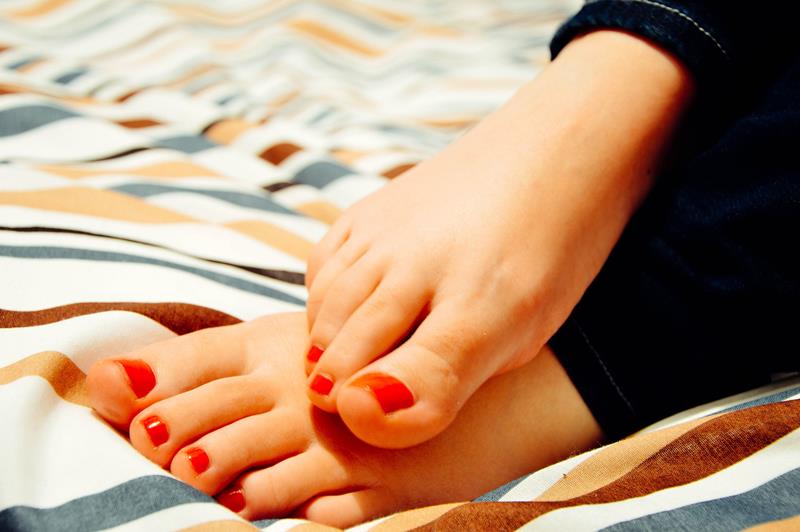
Neuromas
A neuroma can occur in many areas of the body when nerve tissue thickens. Morton’s neuroma is the most typical neuroma that occurs in the foot and it occurs between the third and fourth toes. Also known as an intermetatarsal neuroma, the name describes its location in the ball of the foot.
Compression and irritation typically cause the nerve tissue to thicken. This pressure creates inflammation of the nerve, ultimately causing untreatable damage to the nerves in the foot.

Toenail Fungus
Fungal infections in the toe or fingernails can appear as thickened, discolored, or disfigured. While it may seem like the condition is just an aesthetic concern, fungal infections can lead to worsened symptoms and pain. Diabetes, a weakened immune system, and the normal aging process are all causes associated with fungal infections. It is more likely for senior citizens and adults to develop a fungal infection as opposed to children.
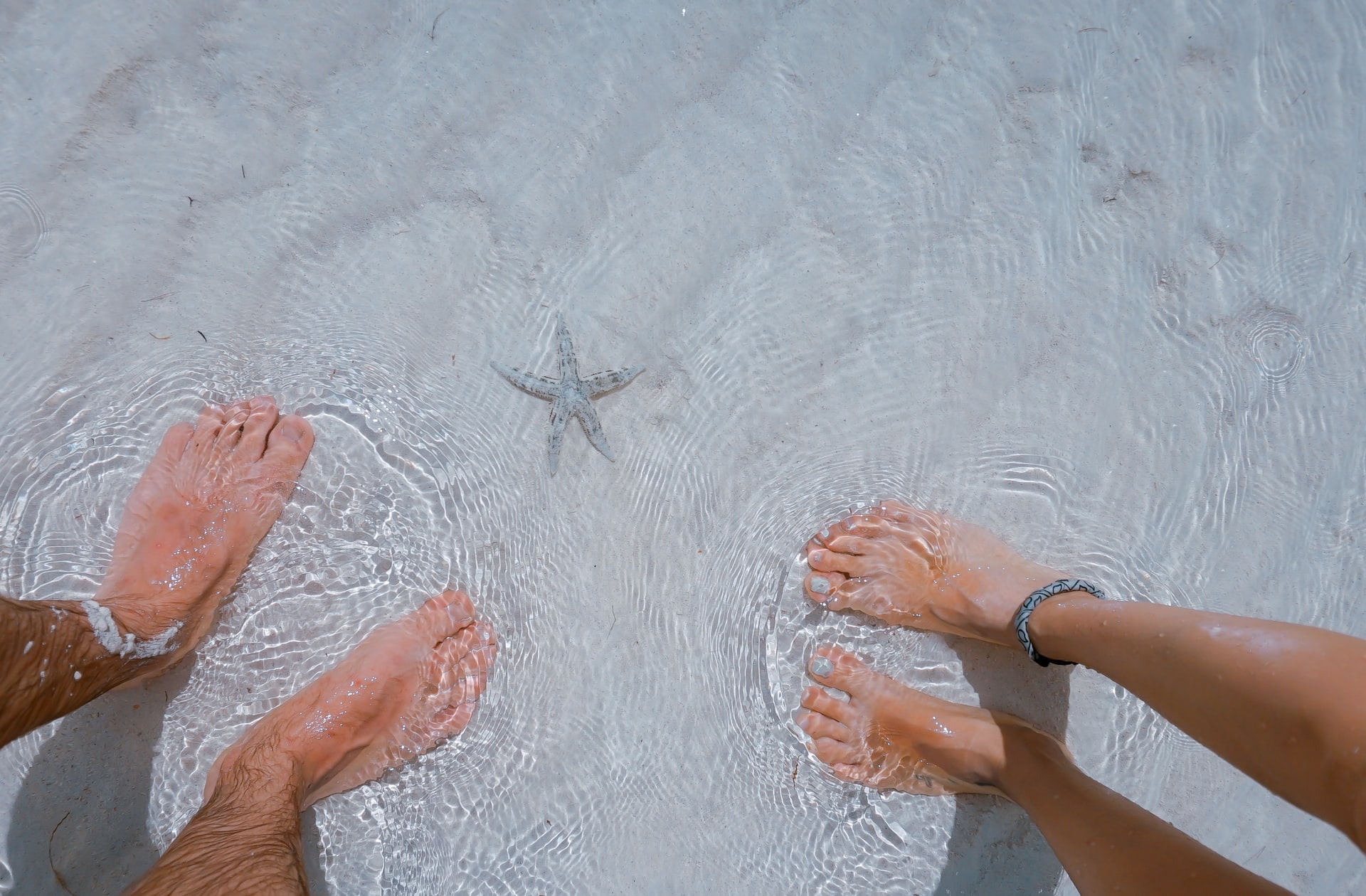
Poor Circulation
Having poor circulation in feet usually indicates that another underlying condition exists like high blood pressure or diabetes. Poor circulation on its own is typically characterized with symptoms of leg numbness, weak pulse in the legs, inadequate healing of wounds on the foot or leg, and more.
Management of the additional conditions leading to poor circulation in the feet is the best form of treatment. This means it is important to request an appointment to have Levine Podiatry evaluate your feet to determine any underlying conditions and the best treatment plan. Call us today to schedule an evaluation!